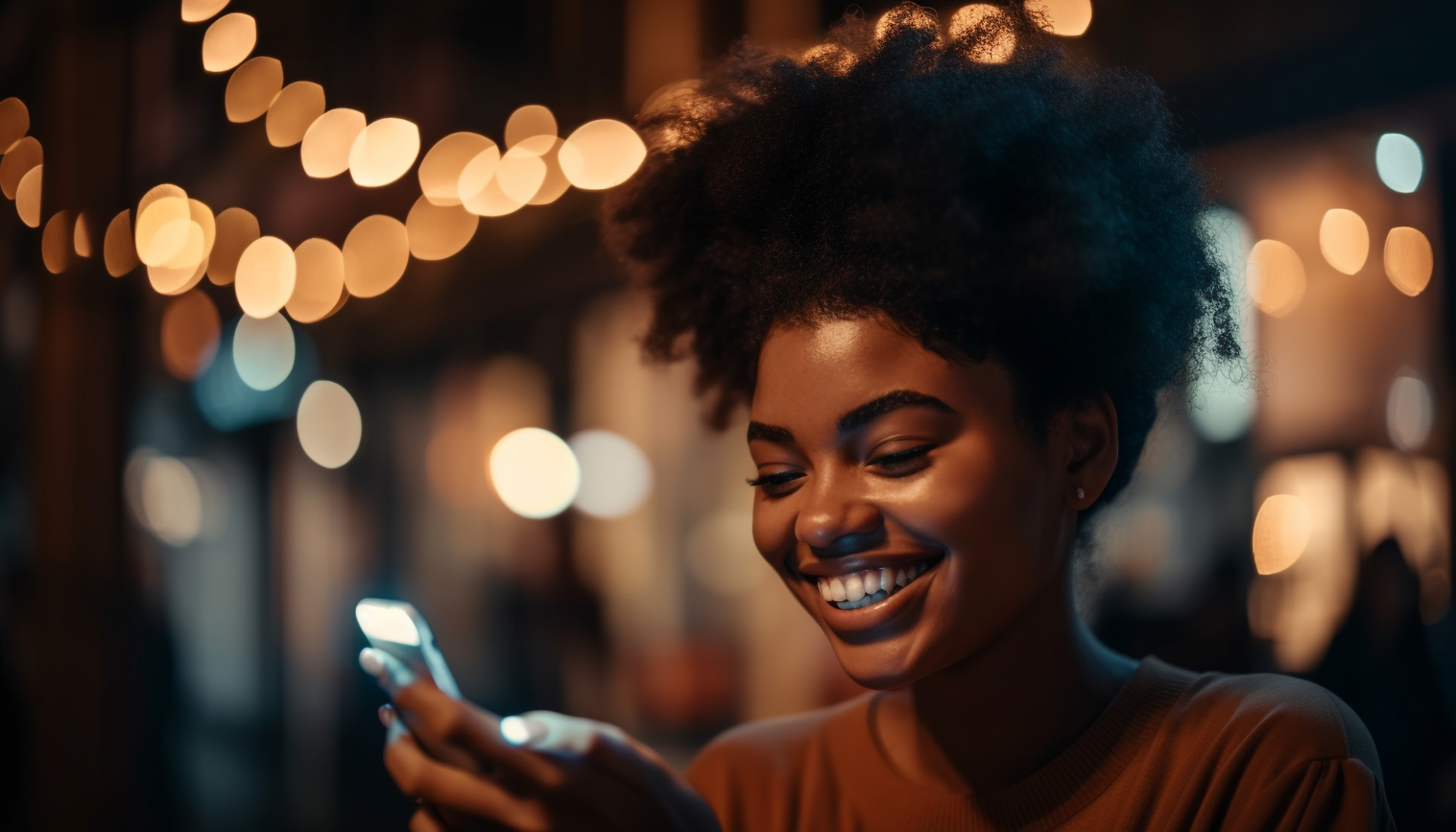 SEO & Content /
Social Media
SEO & Content /
Social Media
Hanky Panky Case Study: Influencer Marketing Case Study
Founded in 1977, Hanky Panky is famed for its ingenious fusion of comfort and style. The extensive contemporary collection offers something for every occasion, with fabulous lingerie in an array of colours and shapes.


